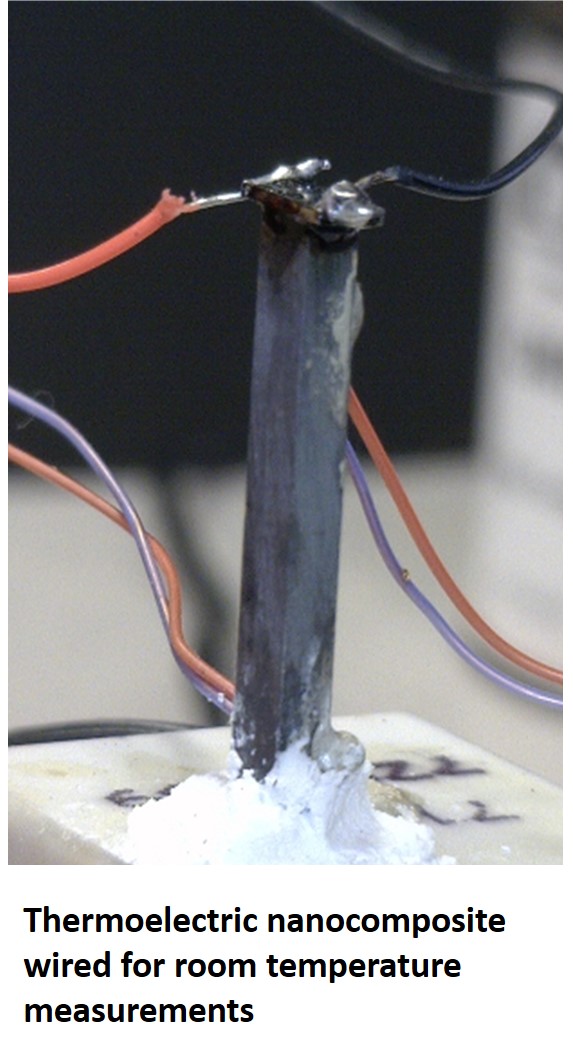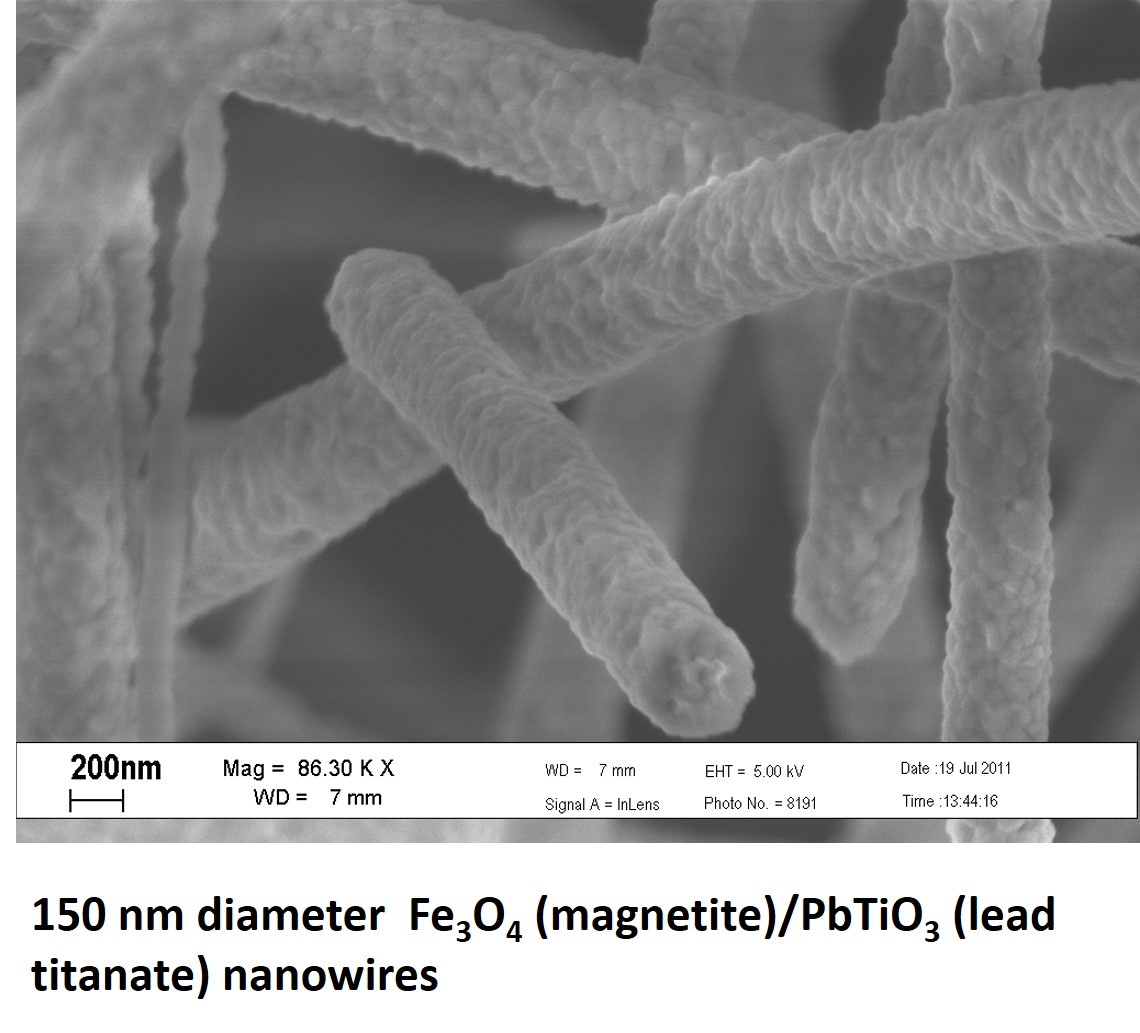Research
 Our research is concerned with the synthesis, measurement and understanding nanometer-sized
particles, collections of particles and composite materials. Solid materials with
physical dimensions on the nanometer (10-9 m) scale exhibit properties which can be very different from bulk material properties.
These unique properties derive, for the most part, from two effects related to the
small size of the crystalline particle. First are "quantum confinement" effects. This
refers to the physical confinement of the crystal excitations (electrons, excitons,
phonons) inside the particle. The result is often a dramatic change in the optical,
magnetic and electronic properties of the material. Second are surface effects. The
surface of every material contributes to its electronic properties. In a nanometer-sized
particle (nanoparticle), a very large fraction of the total number of atoms are on
the surface. In this case, the properties of a nanoparticle can be extremely sensitive
to the surface chemistry. In a composite material, the particle surfaces are interfaces
between two different materials and therefore represent an energy barrier for both
charge carriers and phonons. Quantum confinement and selective energy scattering at
nanoparticle boundaries are used to tailor the properties of nanocomposite materials.
Our research is concerned with the synthesis, measurement and understanding nanometer-sized
particles, collections of particles and composite materials. Solid materials with
physical dimensions on the nanometer (10-9 m) scale exhibit properties which can be very different from bulk material properties.
These unique properties derive, for the most part, from two effects related to the
small size of the crystalline particle. First are "quantum confinement" effects. This
refers to the physical confinement of the crystal excitations (electrons, excitons,
phonons) inside the particle. The result is often a dramatic change in the optical,
magnetic and electronic properties of the material. Second are surface effects. The
surface of every material contributes to its electronic properties. In a nanometer-sized
particle (nanoparticle), a very large fraction of the total number of atoms are on
the surface. In this case, the properties of a nanoparticle can be extremely sensitive
to the surface chemistry. In a composite material, the particle surfaces are interfaces
between two different materials and therefore represent an energy barrier for both
charge carriers and phonons. Quantum confinement and selective energy scattering at
nanoparticle boundaries are used to tailor the properties of nanocomposite materials.











